The Magic of Legacy Shops Comes Back to Life in Buffalo
The author, in front of an old, local storefront.
A hundred years ago, the American dream was the want to be a small business owner. People flocked to America in droves from around the world in search of a better life—bringing their cultural influences with them. They opened bakeries. Corner stores. Taverns. Breweries. Ice cream shops. Grocery stores. Newspaper shops. In a suburban building surrounded by parking? Absolutely not—neither cars nor zoning existed back then. These were simple two- and three-story, mixed-use, commercial buildings that were sprinkled within dense residential neighborhoods, with storefronts on the first floor and apartments above. They were built intentionally and incrementally over time with the goal to last generations.
The exterior of these legacy shops were lovely, but what went on inside was magical. These mixed-use buildings served their owners twofold: allowing for their business to thrive and providing a safe place for their family to grow. For decades, these legacy neighborhood shops within residential neighborhoods played an essential part of our society, providing jobs, food, necessities, products, and often, a third place away from home and work where people could dance, drink, learn, and socialize.
Sadly, with the rise of the automobile and nearly every city in America adopting suburban-style zoning codes in the 1950s and 60s, these neighborhood shops became illegal. We know the arguments people had…and still have today. As a zoning board official, I can hear them now: No parking? No front yard?! A commercial space in a residential neighborhood?! No way!
So what happened? Why are so many of these mixed-use buildings often vacant today? Unloved? Non-financeable? Sadly, the adoption of suburban-style zoning codes made them illegal and that, combined with increasing car dependency and our shift to corporate big-box stores, led to the ultimate demise of many of these neighborhood shops. One by one, they closed. And with each closure, the properties declined in value and neighborhoods often lost their “glue,” causing more and more people to drive to big box stores on the outskirts of town to get the needs that were once met within walking distance. If the building doesn’t have value, the banks won’t lend for repairs. Disinvestment consumes the buildings. Neighborhoods that once contributed greatly to the tax base lose property value, which means they lose taxable income for needed services. The cycle is vicious.
Today, many Americans live in legacy cities with those old legacy neighborhood shopfronts still tucked inside residential districts. Some are vacant. Others converted to residential apartments. If you’re super lucky, maybe you have an existing legacy business from yesteryear that is still in operation.
So, what can we do to bring these spaces back to life? How do we reverse this cycle? Let’s look to Buffalo, New York, as an example.
Buffalo, like many legacy cities, has a ridiculous amount of these legacy shops in residential areas (not necessarily on a main street or commercial artery), just sitting there waiting for love. A hundred years ago, it was the Italians who came to my neighborhood and built these buildings. I counted 35 of them in my neighborhood on a bike ride once. Thirty-five! Imagine 35 small businesses contributing to the local economy. If each business had two or three employees, that would be 100 jobs in the neighborhood. That's 100 people renting apartments or buying houses, shopping locally, going out to dinner, paying taxes, etc. The small spaces are humble, allowing for them to remain affordable throughout time. Their presence adds to the walkability of the neighborhood, which increases property values, and each little shop increases the strength and resilience of the local economy. This, in my humble opinion, is where we should focus economic development dollars in our neighborhoods—though sadly, it is often ignored.
Buffalo took a bold leap when we passed the Buffalo Green Code in 2017. Most of the Strong Towns folks know us for being the first major U.S. city to get rid of minimum parking requirements citywide. But we took many other bold actions in the code, one of which being Section 6.1.1.F, the neighborhood shops provision. With one paragraph (and some nuanced details), we legalized these commercial buildings sitting inside residential neighborhoods—allowed with a special use permit! You can read the code and the specific provision details here .
Neighborhood Shops. An applicant is eligible to apply for a special use permit to establish or expand a commercial use in the N-2R or N-3R zone where the below criteria are met, irrespective of the limitations of Table 6A: These criteria are intended to allow existing commercial buildings in residential zones to be utilized to incubate small businesses and artisans in order to serve as catalysts for neighborhood revitalization, as a tool for economic development, and as an important component of the walkability of a neighborhood.
The change in the code has, without question, led to dozens of projects throughout the city. The reopening of these legacy spaces for barber shops, bodegas, halal markets, restaurants…just one small paragraph in the code has opened the door for the American dream to be fulfilled yet again.
Here are a few examples of lessons learned from Buffalo!
Tipico’s Coffee—back when it was still called “Tipico”!
Tipico—Now Khari’s Cafe
Prior to the Green Code passing, we needed to build consensus around the idea of allowing these legacy neighborhood shops to be legal again. It was the Tipico Coffee project (now Khari’s Cafe) that helped the community understand that these legacy shops could be something magical. This less than 1,000-square-foot shop rounds out a corner in a historic residential neighborhood. It doesn’t have parking. Once renovated, it won several design awards and was even featured in Dwell Magazine.
A few neighbors opposed the project due to a lack of parking but quickly found out that the business was an asset. The coffee, food, and beautiful space to hold meetings worked well for the neighbors and students who attended the college down the street. And the parking problems? Believe it or not, when you have people coming and going every 15 minutes for their coffee, the parking tends to actually turn over quickly. Today it is a gem in the middle of a residential neighborhood.
Lesson for the community change makers out there: If you’re thinking about doing this kind of provision in your code, look to already existing ones in your community that people love.
Foibles Coffee & Pie
Full disclosure, I am an incremental developer in Buffalo, so this is a personal example.
Flashback to 2018. The Green Code had just passed. I got a text asking if I wanted to buy a little mixed-use building in my neighborhood. It had a boarded-up storefront (untouched since 1960) and two apartments—a perfect little project! I said, “heck yes,” because I knew about the neighborhood shops provision in the Buffalo Green Code that would allow that shopfront to be open again. Sadie Mathers, now the owner of Foibles Coffee & Pie, came by my office to pay her rent (she was an existing residential tenant) and told me about her dream to open a pie shop. We zoomed over to the vacant storefront space and in seconds, she was in love with all 550 square feet of it.
It wasn’t easy—it took several banks, construction folks, permits, and weekend painting with the family to cut costs and keep the rent affordable. It all came together in March 2020 with approval of the special use permit and nearly 20 letters of support from the community. Today, Foibles Pies is a little dream come true, contributing to the walkability and economic resilience of the neighborhood.
Lesson for the building hackers out there: Can you bake pies with electric ovens and avoid building code hurdles? Answer: Yes, you can. We purposely avoided gas in this project. Electric mini split, electric hot water tanks, electric ovens. Because of this decision, we didn’t have to install a sprinkler system, saving tens of thousands of dollars, which helped to keep Foibles’ rent affordable.
Lesson for anyone trying to get money to do their project: If your business is food, don’t be afraid to bring food samples to your bank loan committee meetings, community engagement meetings, and, ya know, everywhere you can to lift spirits and gain support.
Eugene V. Debs Hall : A Labor History Social Club
On a very cold day in January, Chris Hawley and I walked through an old tavern in a residential neighborhood on the East Side of Buffalo. Vacant lots and an abandoned art deco train station surround the tavern—a result of using urban renewal monies over the last decade to demolish abandoned homes. This once was the heart of old Polonia but since 1950, about 85% of the population left.
Chris had a dream to open a social hall dedicated to labor union history and organizing. Vacant since 1991, the historic bar from 1914 sat cold…but completely intact. The historic tavern, two apartments upstairs, a Model T garage, and a separate house—the whole package was available for $40,000. Thanks to the efforts of a neighbor who bought it for $1 to protect it, it remained in stable condition, which allowed this project to be possible.
I looked at Chris and said, “If you don’t buy this, I will.” The numbers worked. The building was in great shape. The removal of the minimum parking requirements, combined with the neighborhood shops provision in the Green Code, allowed this old, dusty tavern to easily open again—with an easy special use permit. No variances.
We got to work! Chris took an Incremental Development training course, and the renovation financing came through. We created a board for the non-profit hall. Restored the tavern. Renovated the apartments. A year and a half later, Eugene V. Debs social hall opened with over 200 founding members and a fully leased building.
“This project allowed me to do what I wanted to see happen as a city planner,” says Chris. “We used the Green Code as God intended: to reactivate an unsung space in a venerable old neighborhood that planners in the urban renewal and interstate era believed should not exist. A walkable vision for the East Side is viable again because the zoning regulations changed.”
Lesson learned: Incremental steps in a place that is struggling is often the only way to make financial sense of the renovation.
To be clear: These are all commercial uses in residential zoning districts, and they’re now legal.
The moral of the story is simple: these legacy neighborhood shops matter. They deserve to be loved because they give back to the community more than they take. As we look to the future and the many potential problems we will face if we allow our current development pattern to continue unchecked, we need to ask ourselves: What does America deserve to look like? I can’t say that an affordable, 550-square-foot storefront will save the world, but I can say that the provision to allow such spaces in our neighborhoods, if adopted in cities and towns across the country, could absolutely be a part of the solution.
Bernice Radle is a small-scale developer focused on an incremental approach to development in Buffalo, New York. Before joining the Incremental Development Alliance, she was featured in the New York Times for her work as a micro developer—albeit with a different husband, but same place and vision of work! Check out her personal website and her work site, Buffalove Development Co.



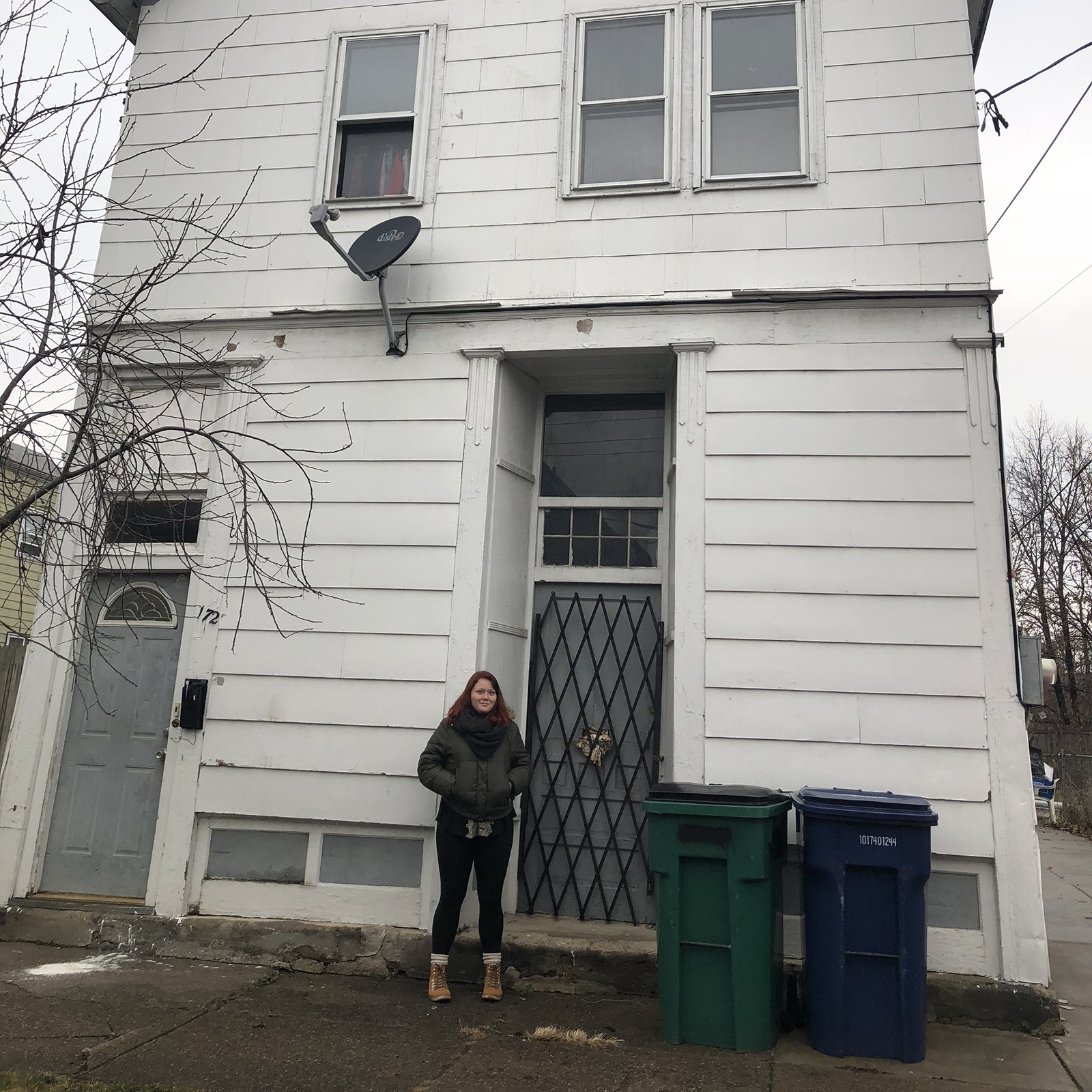
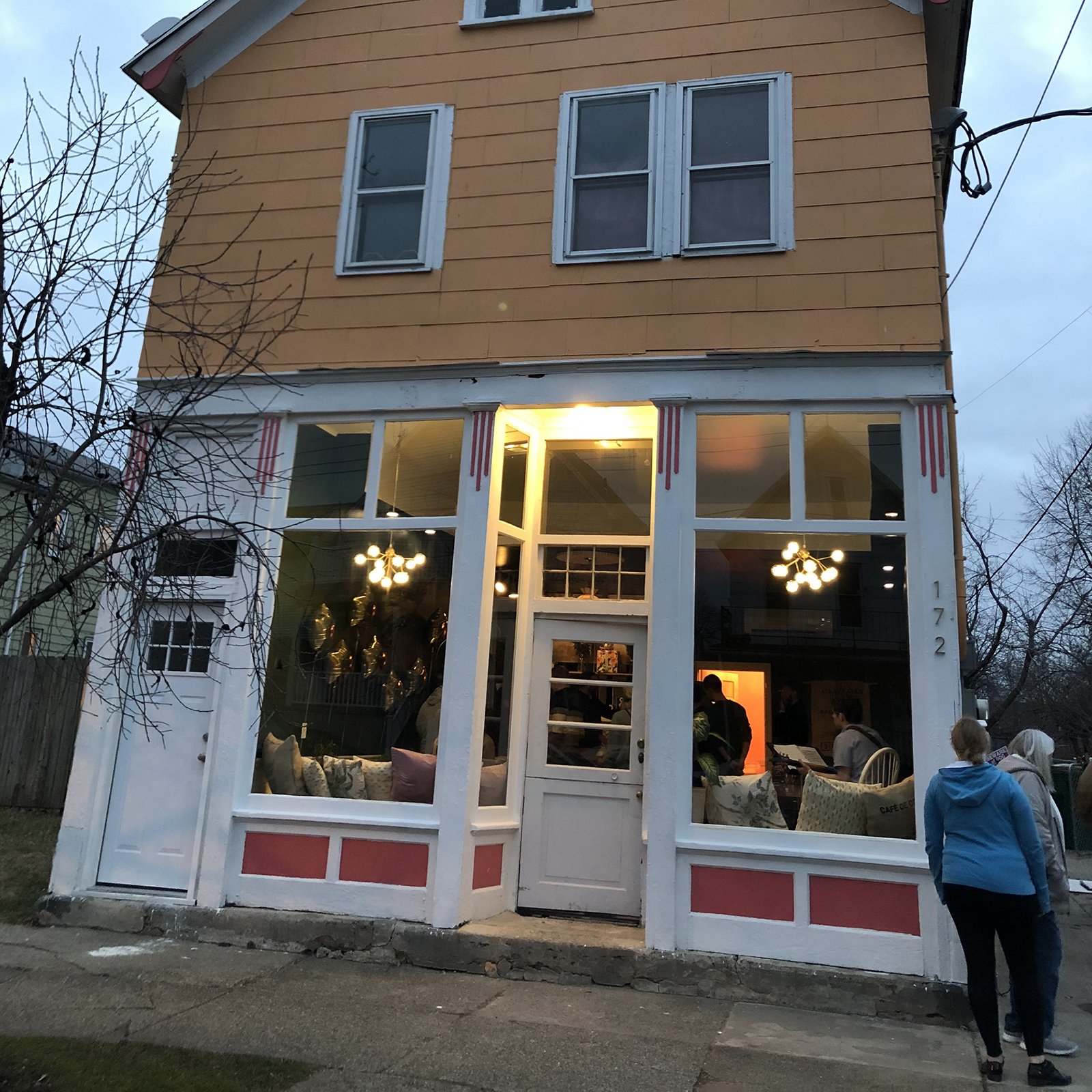
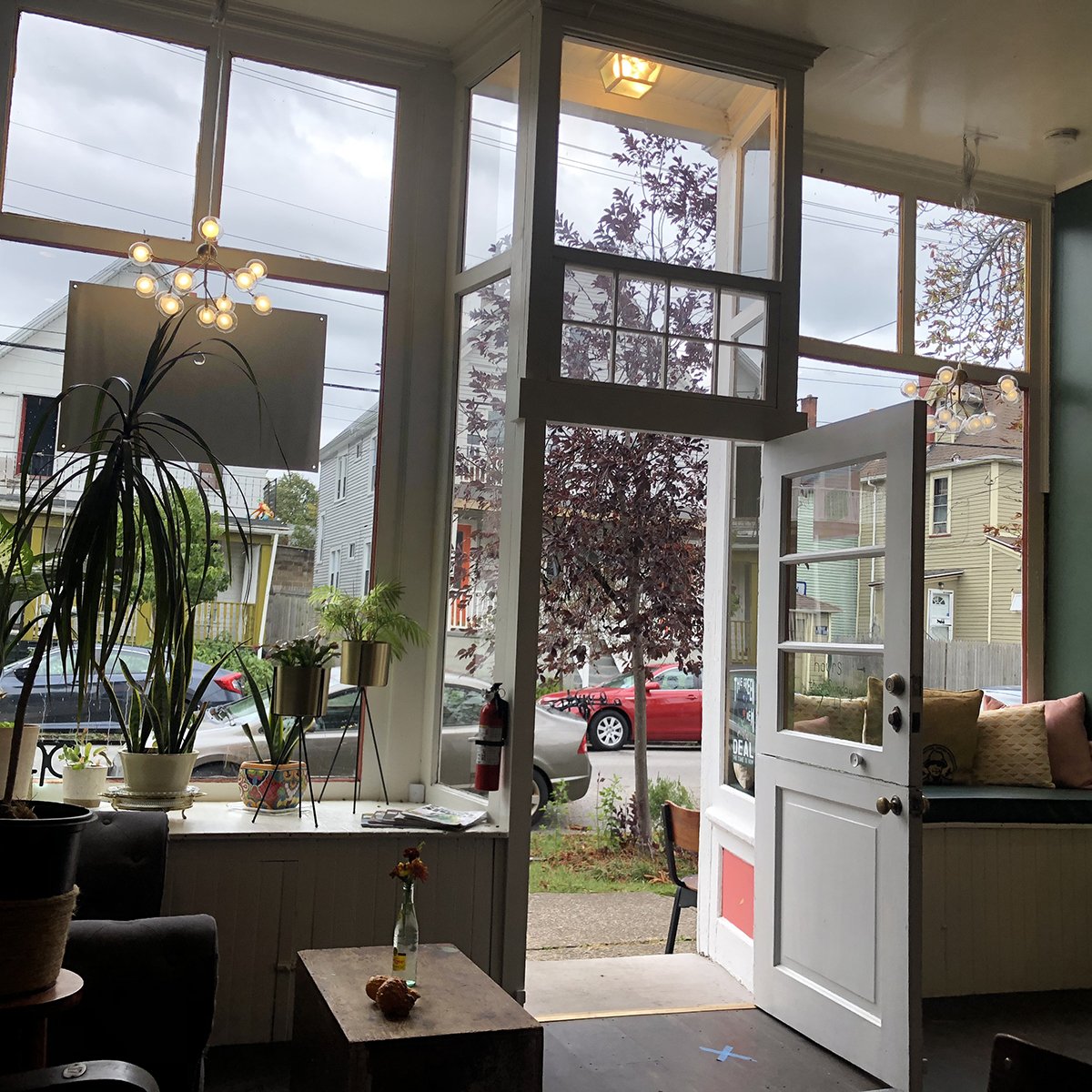
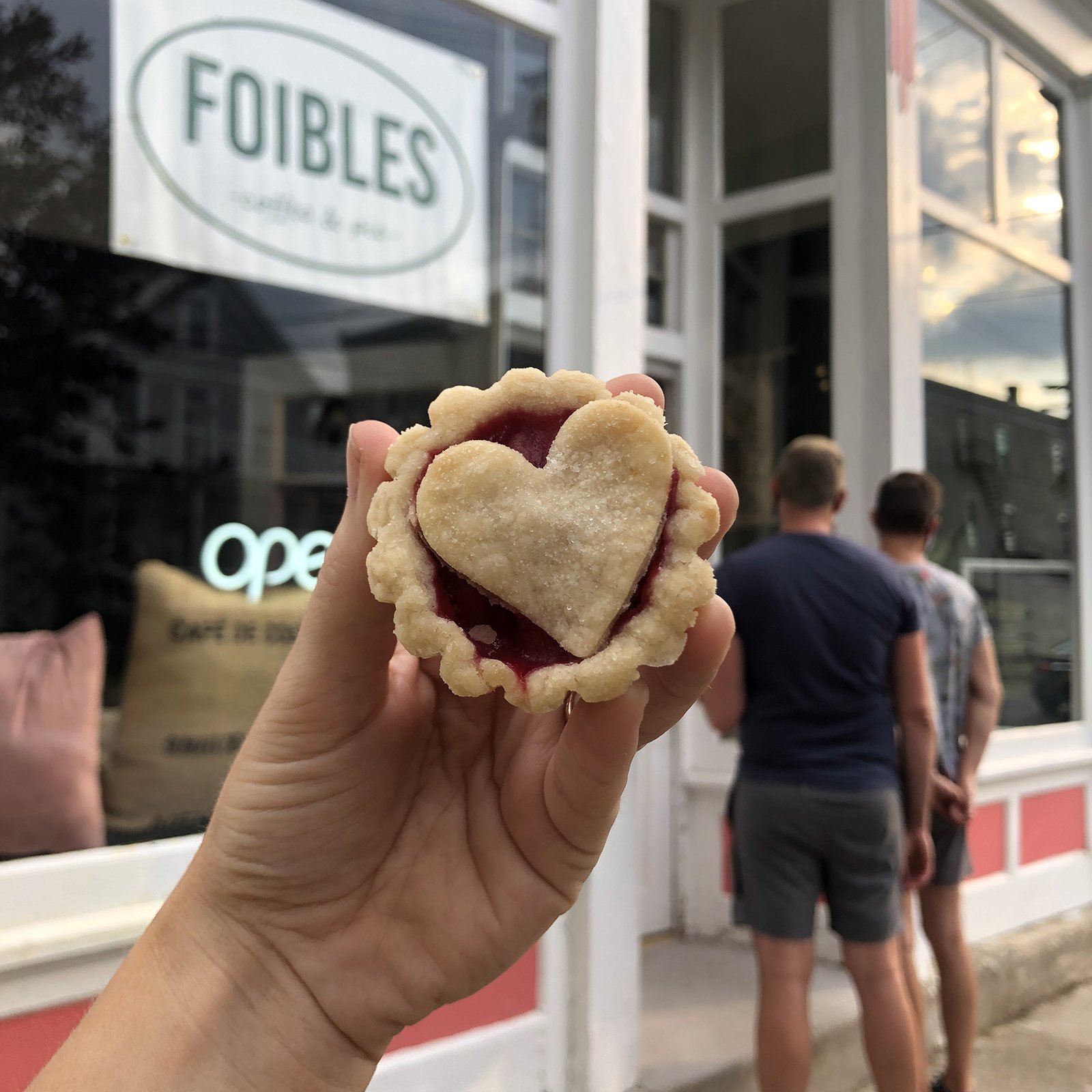
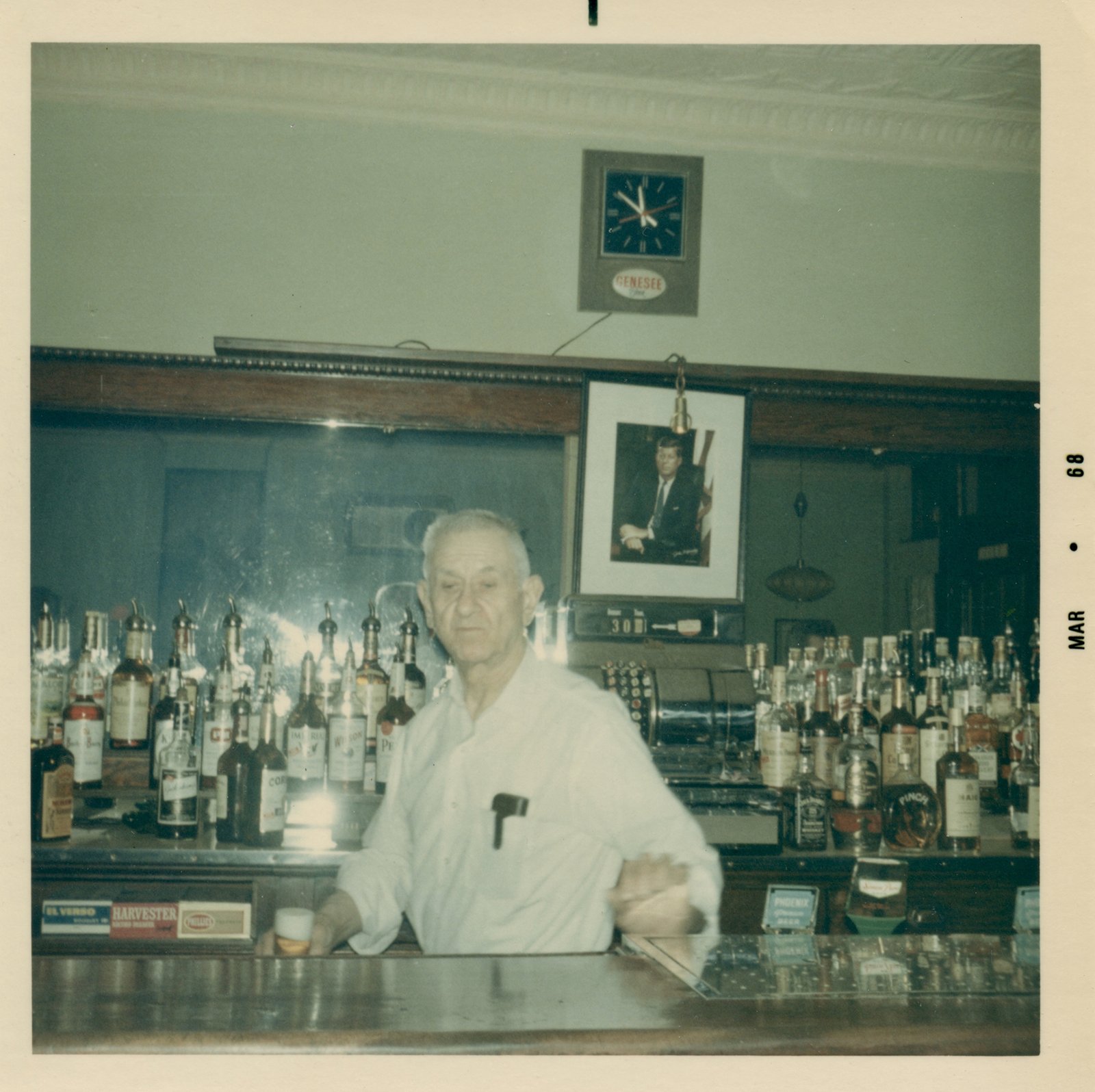
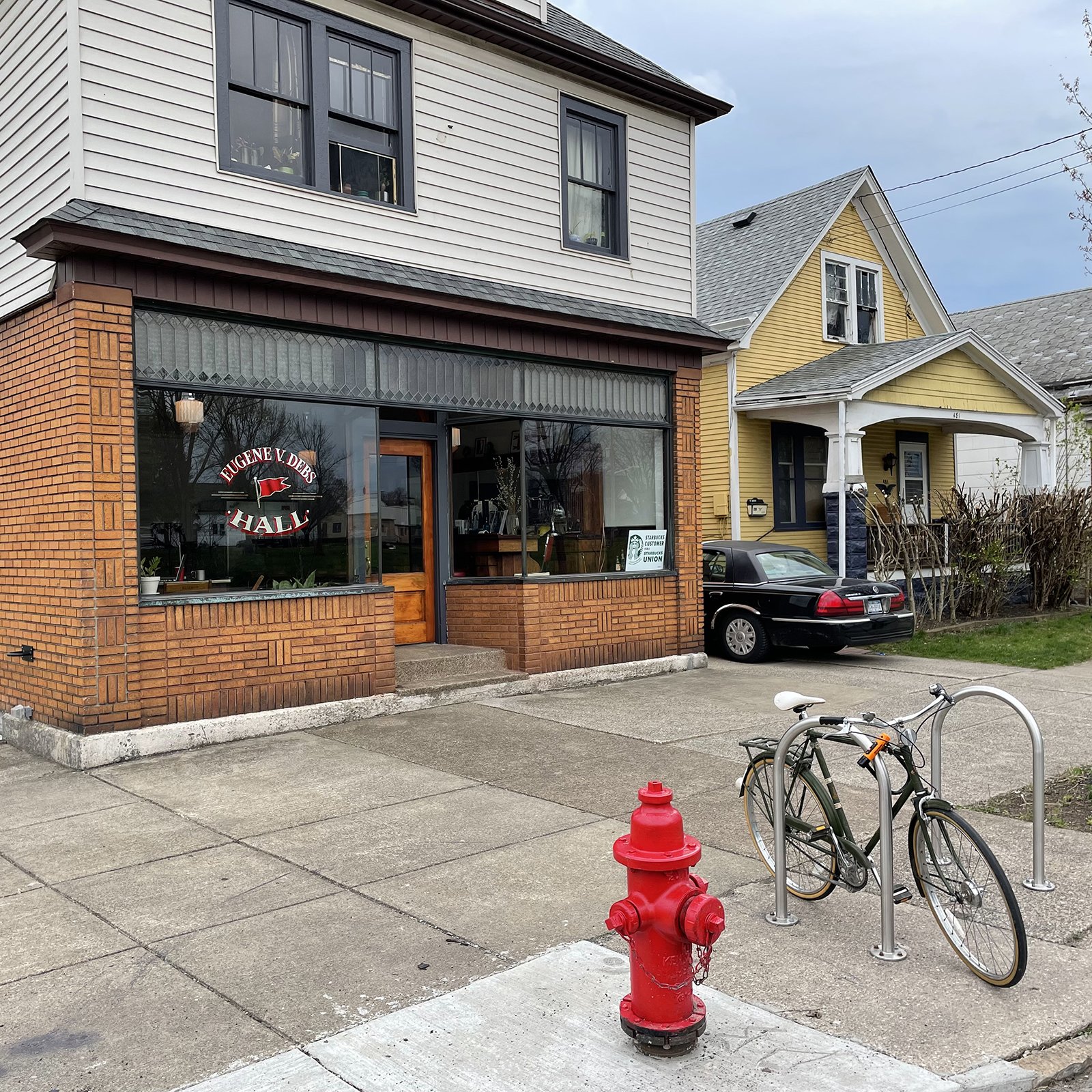
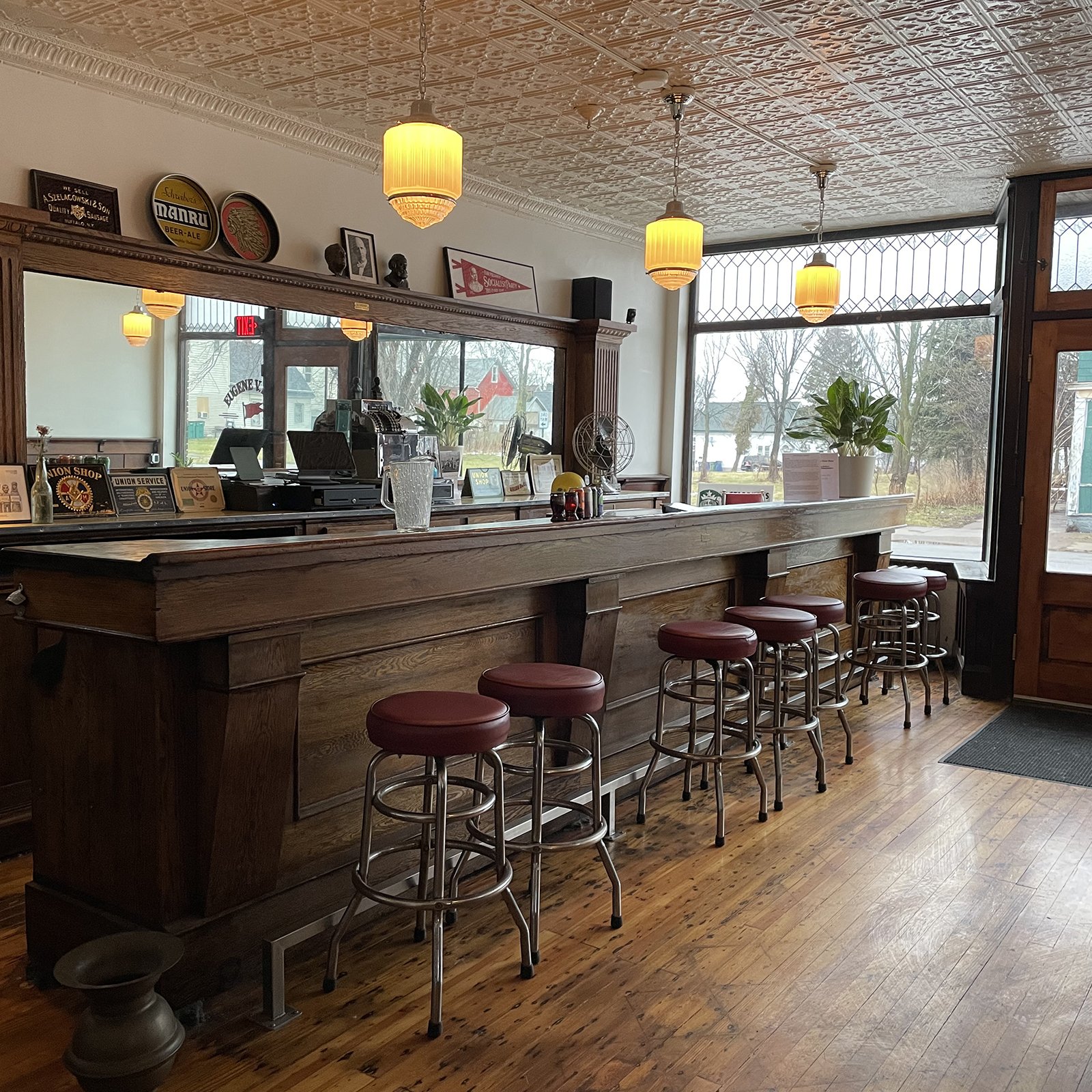
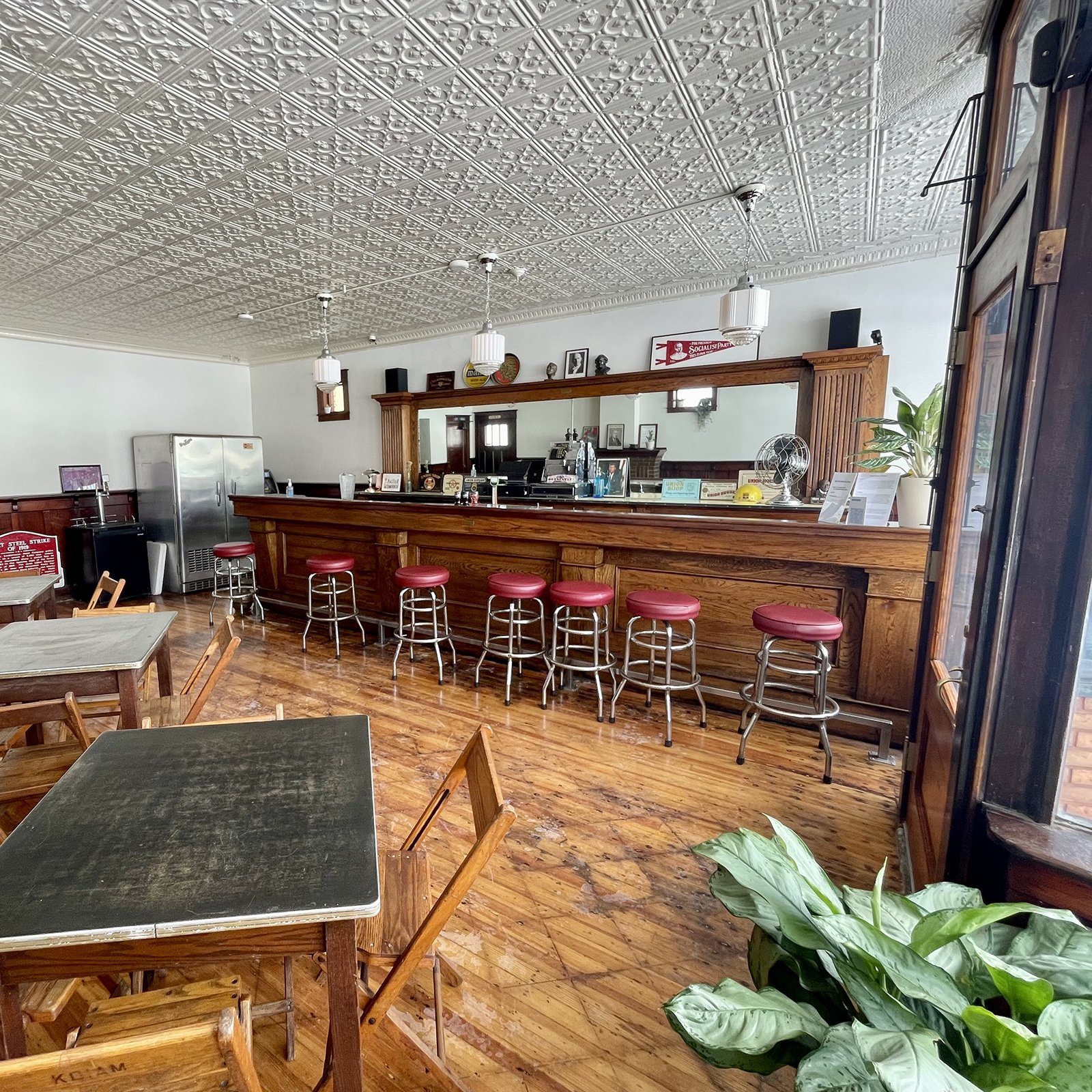



Many housing advocates celebrate large supplies of housing and low rents. However, this is only one stage of a larger boom-and-bust cycle and cannot be maintained. To break out of this cycle and sustainably improve housing accessibility, we need to redirect our focus to incremental development.